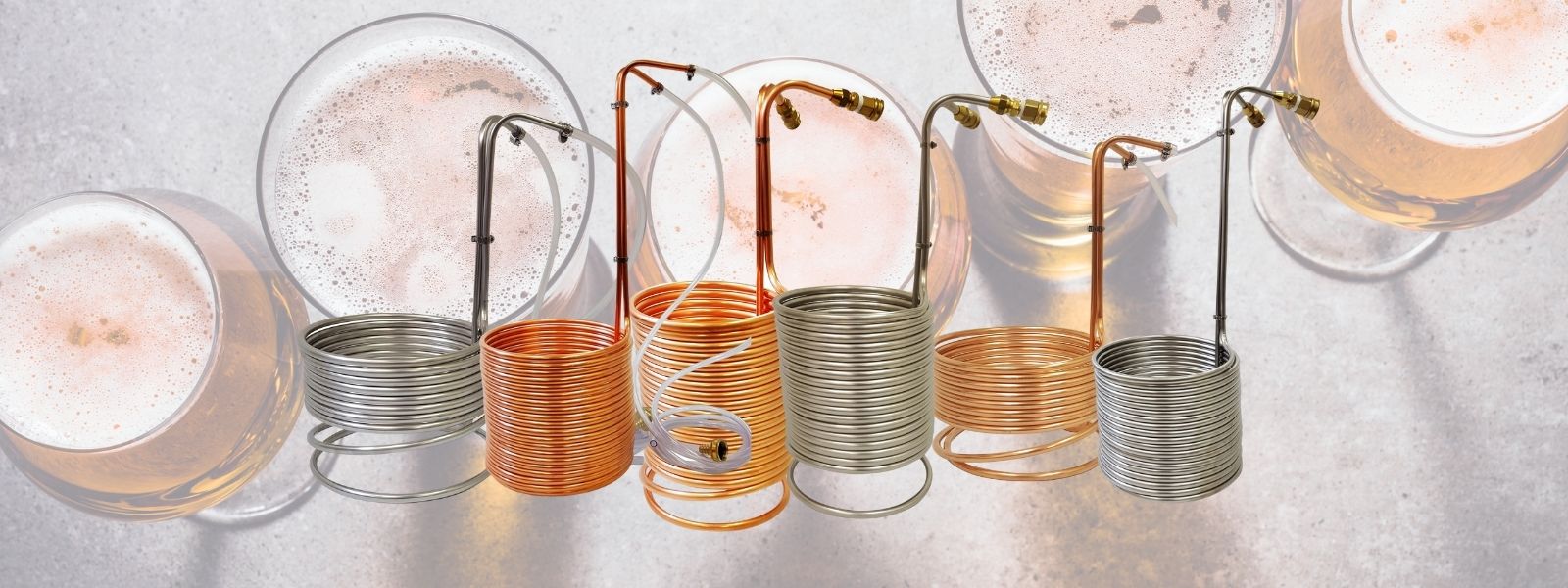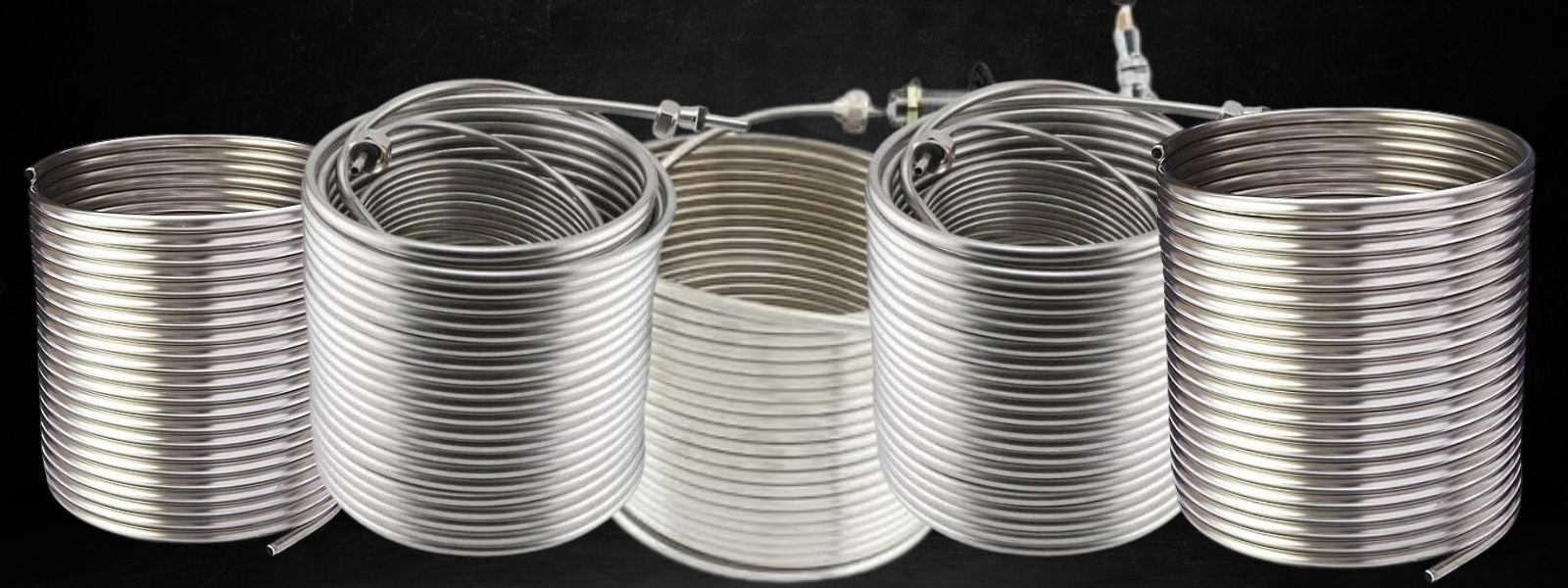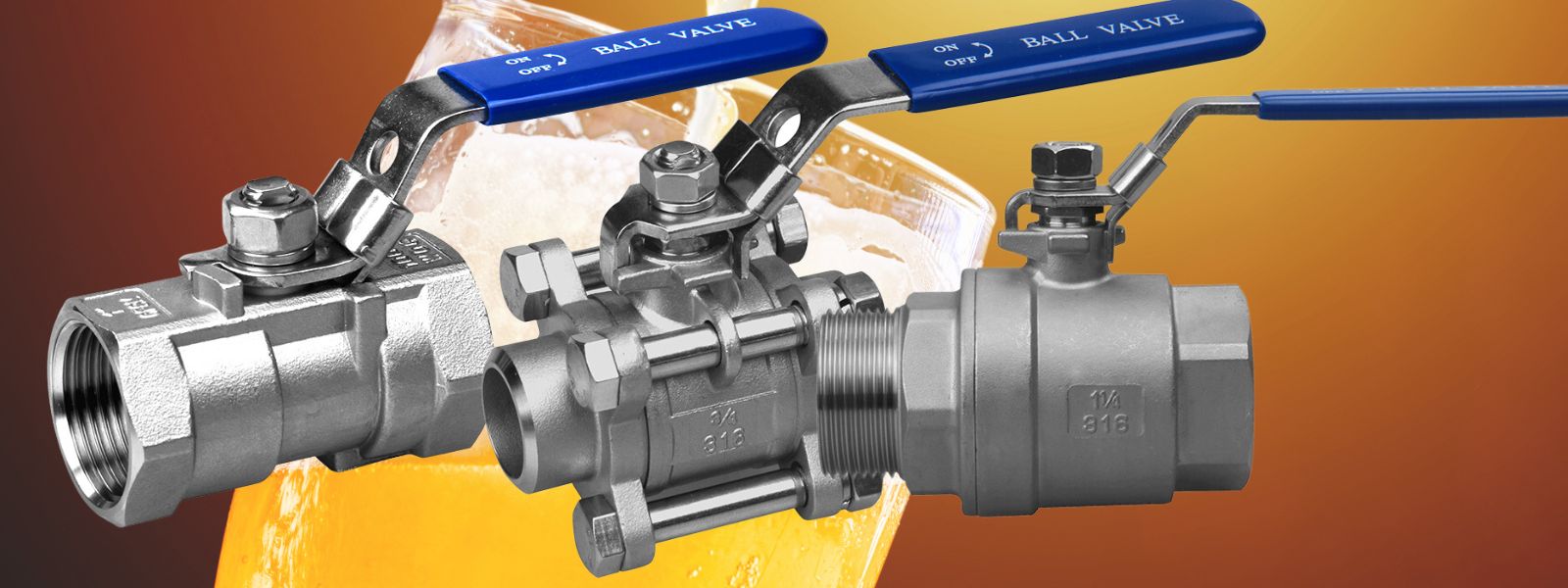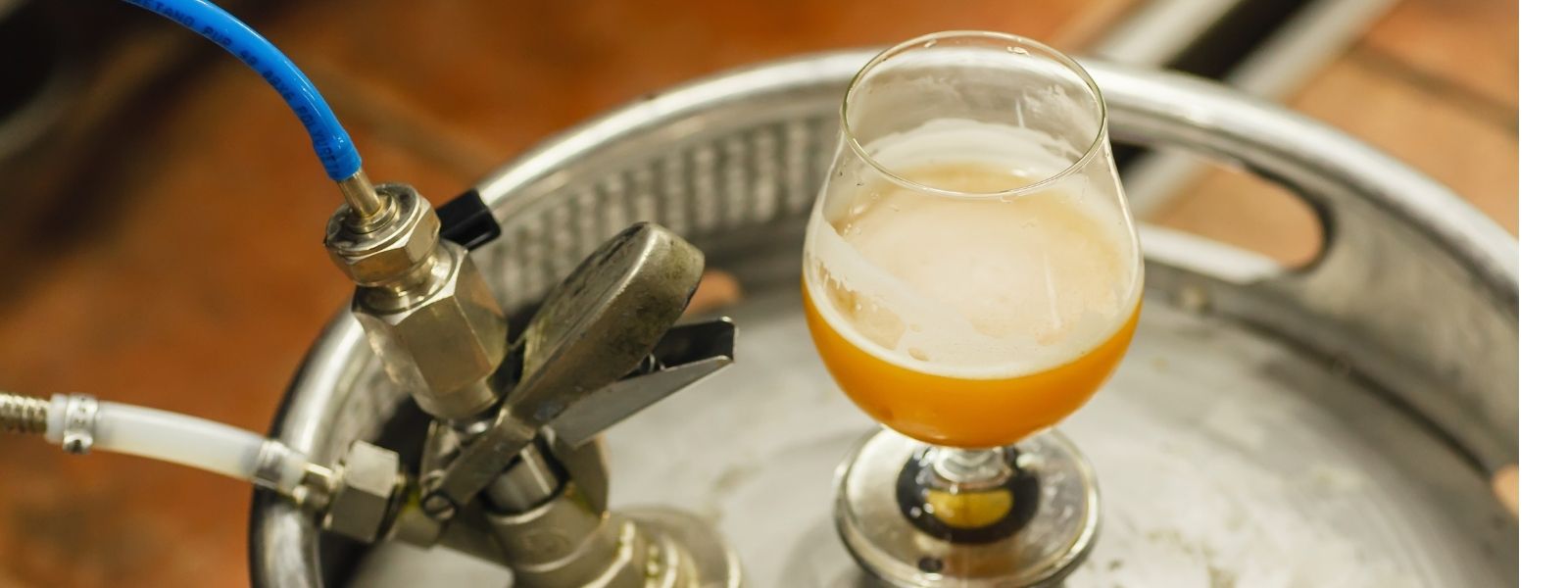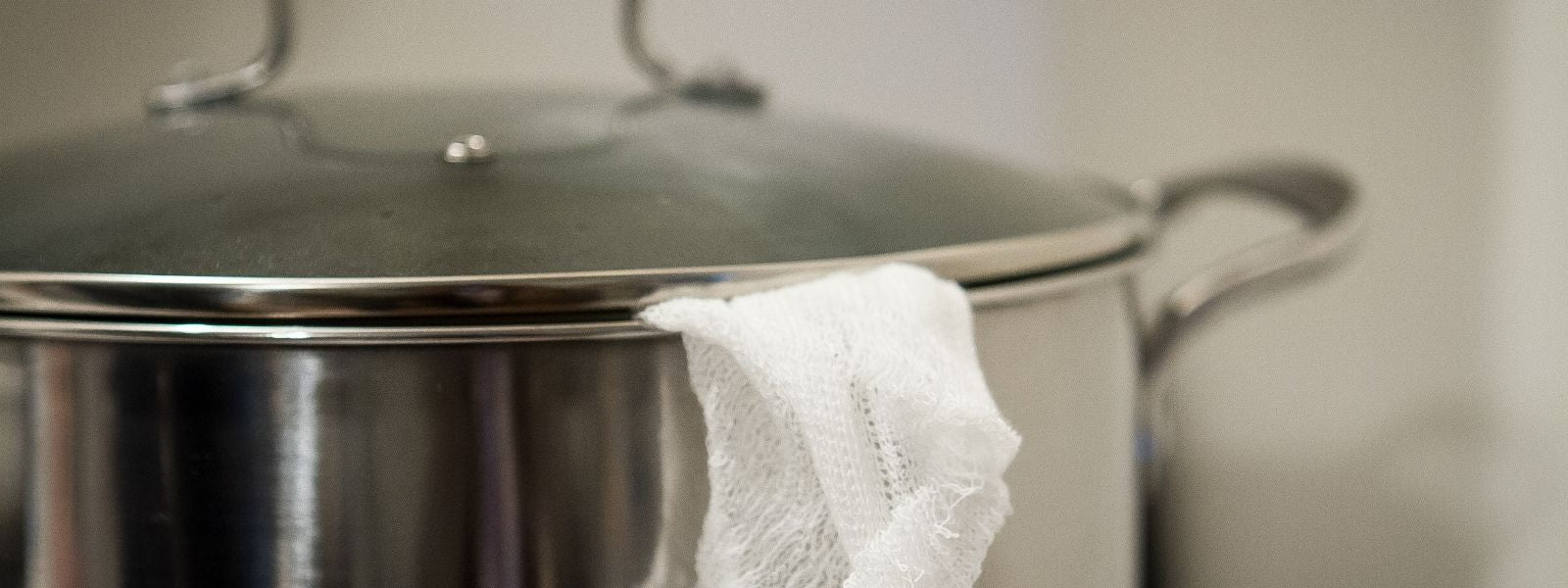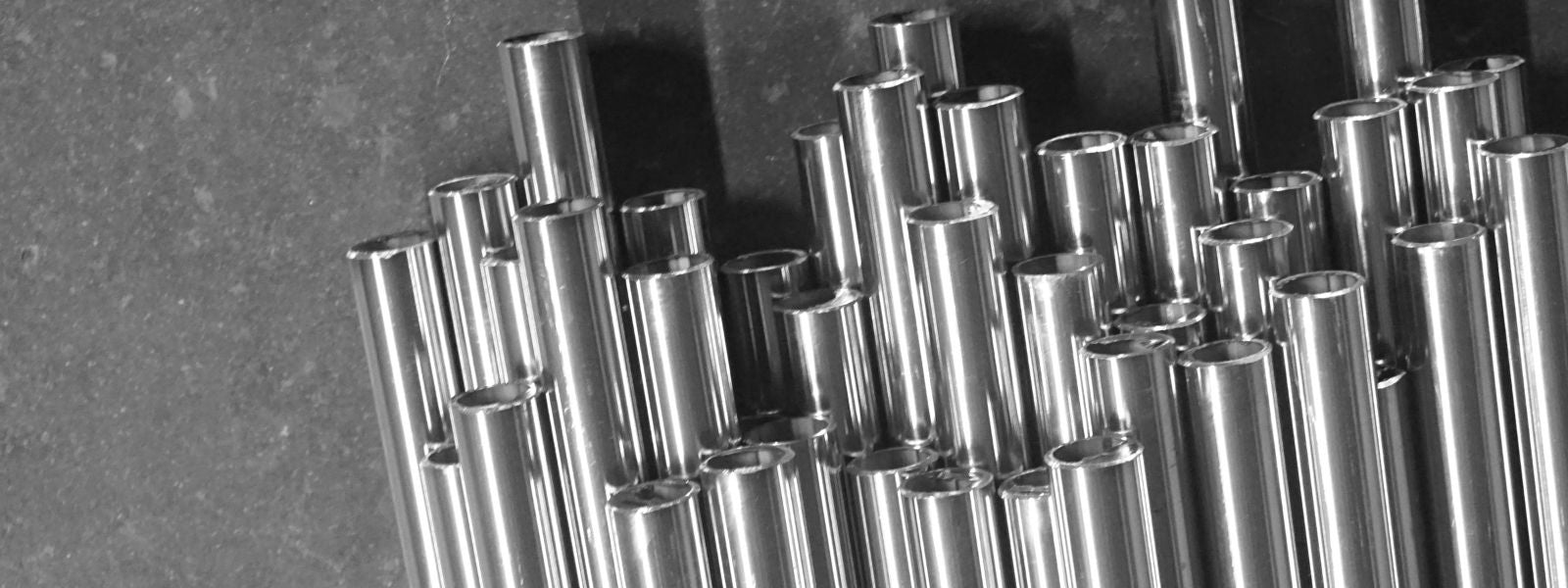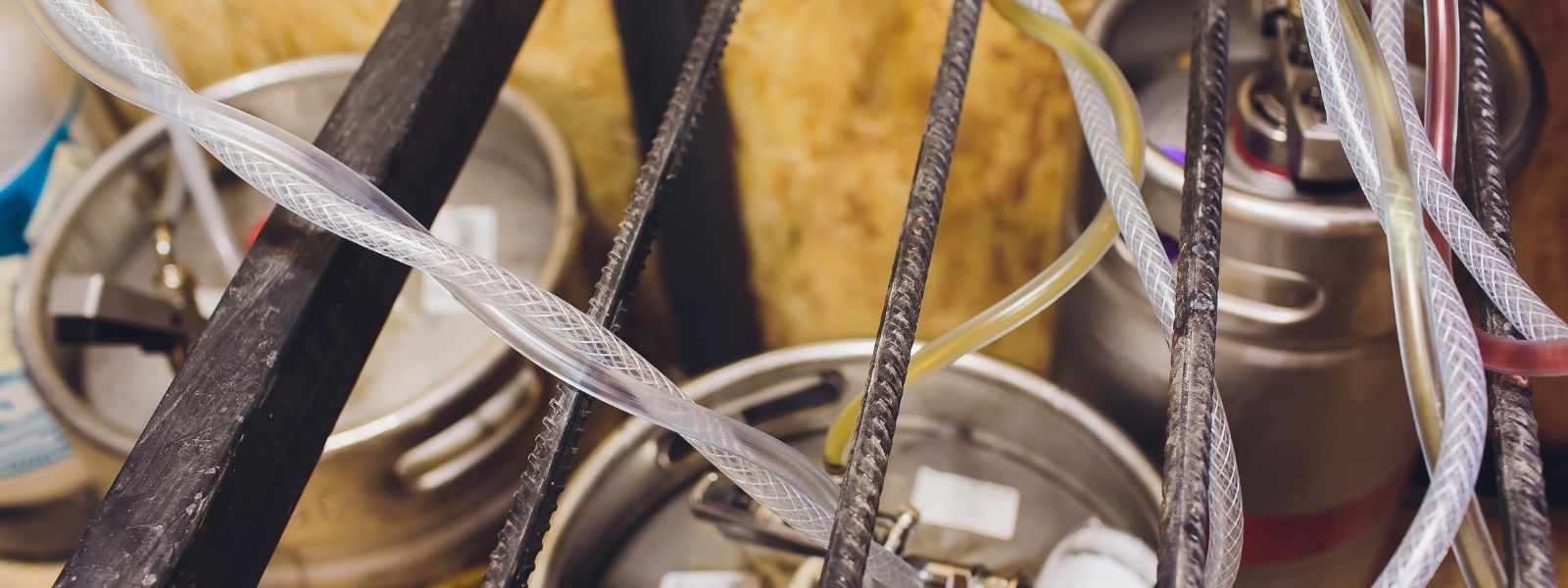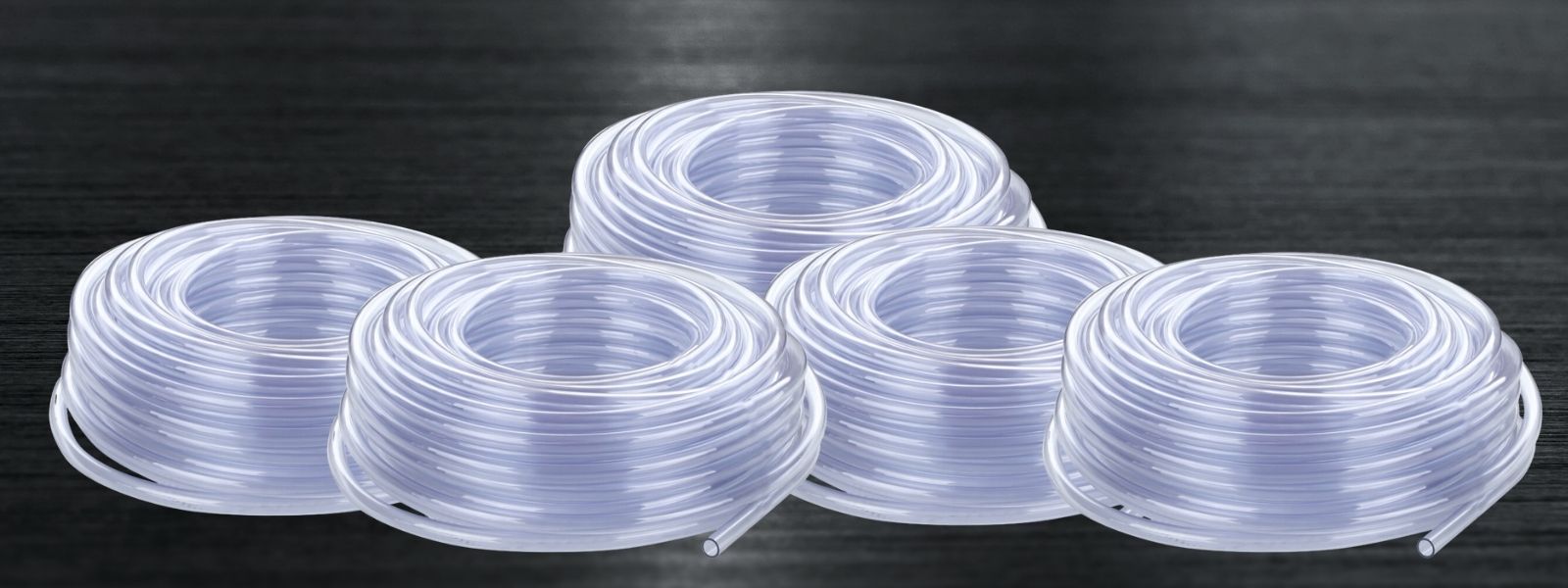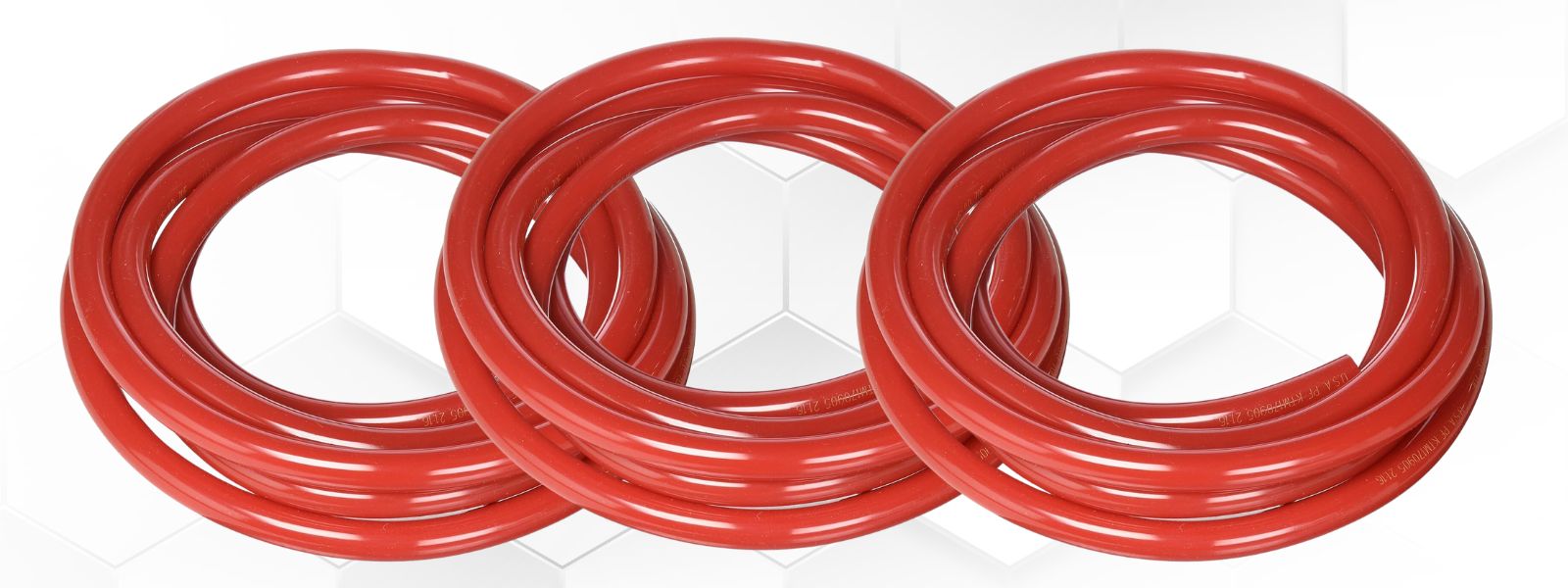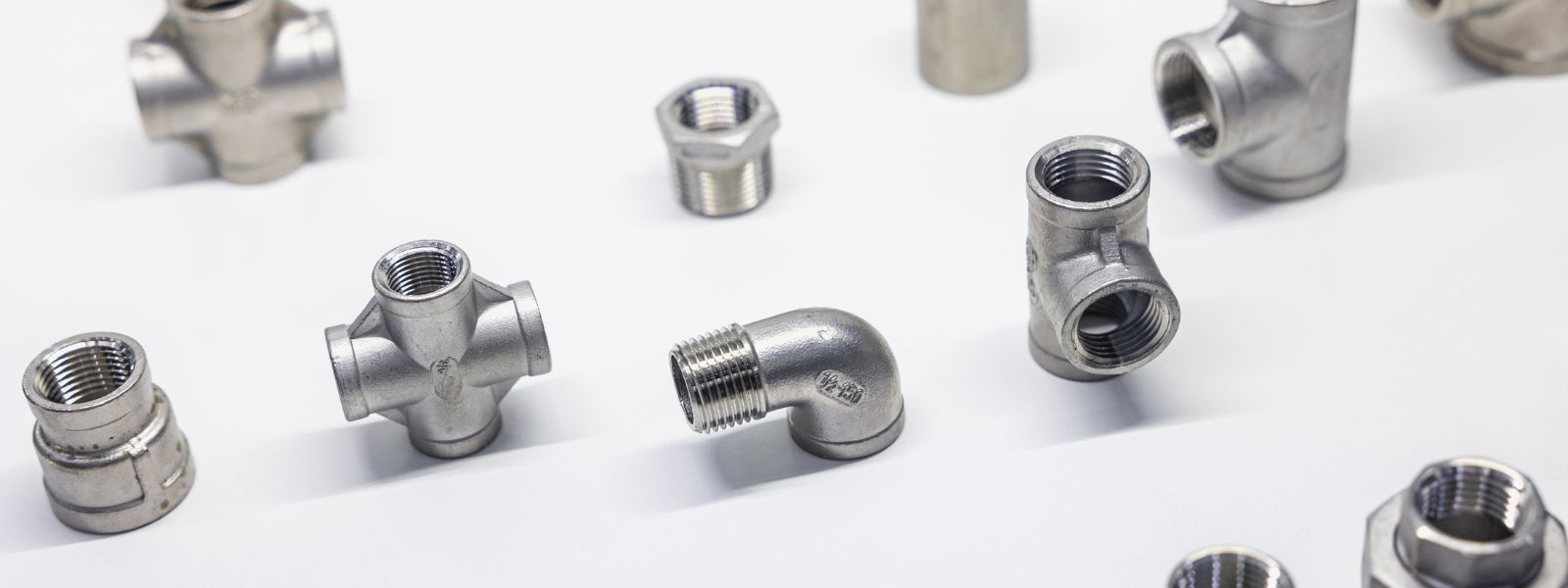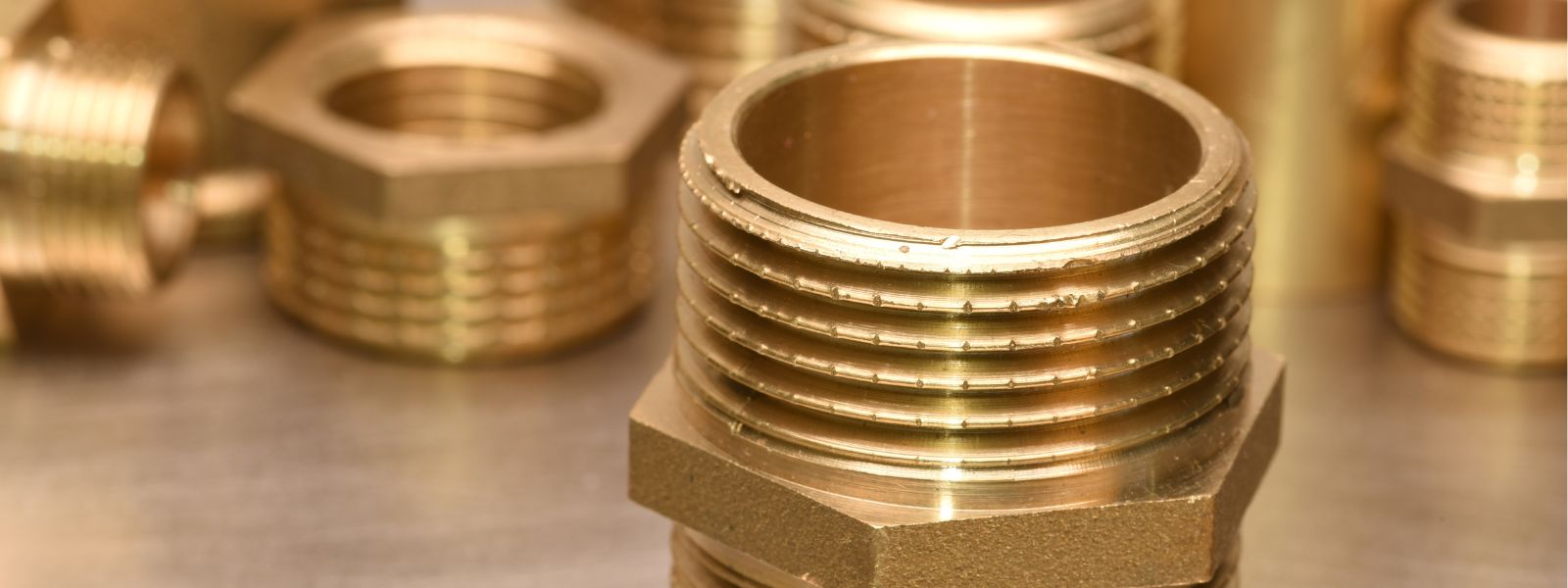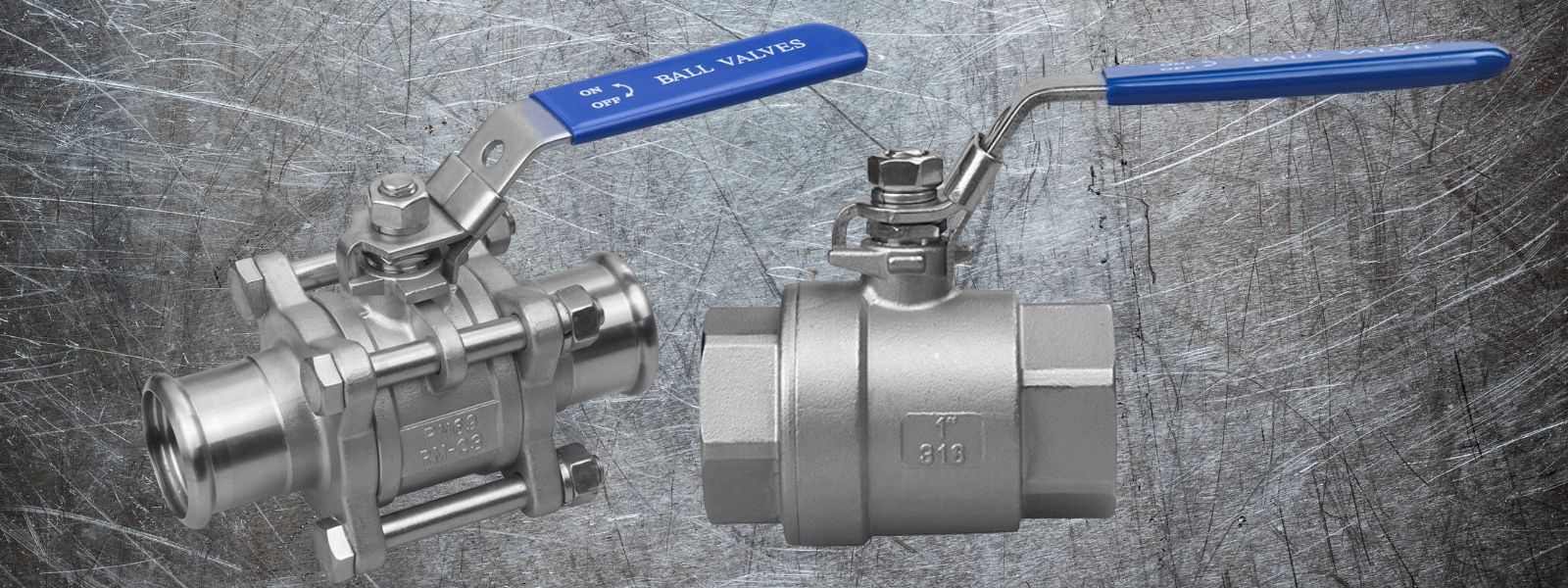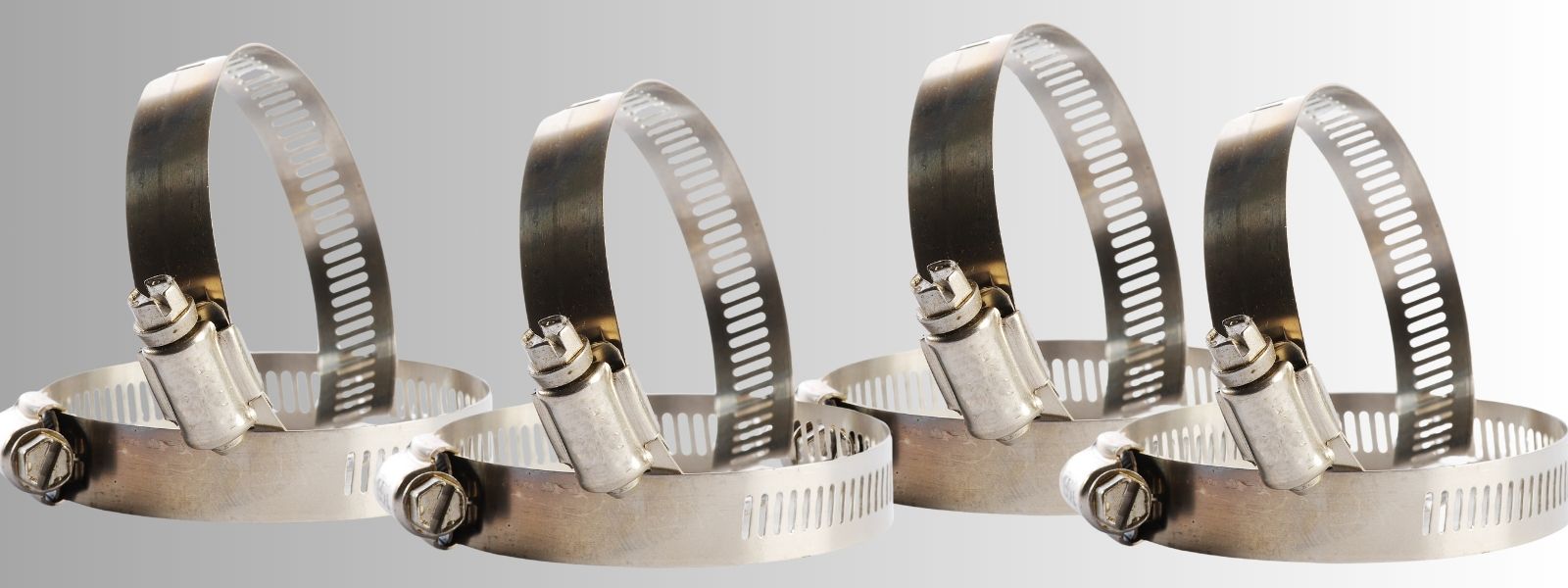- Heat Exchange Coils
- Dispensing
- Brewing
- Tubing
- Fittings & Clamps
-
Recently Viewed
You have no recently viewed items.

Homebrewing with HERMS Coils
Homebrewing with HERMS Coils
If you're a dedicated homebrewer looking to elevate your craft, you've likely heard of HERMS coils. These nifty devices are a cornerstone for those who strive for precision and consistency in their beer-making process. But what exactly is a HERMS coil, and how can it transform your homebrewing experience? Let’s dive in.
What is a HERMS Coil?
HERMS stands for Heat Exchange Recirculating Mash System, and the HERMS coil is the heart of this system. Typically made from stainless steel, the HERMS coil is placed inside a hot liquor tank (HLT) and is used to heat the wort indirectly during the mashing process.
The mashing process, where grains are steeped in hot water to extract fermentable sugars, is crucial to the final flavor and quality of your beer. Temperature control during this step is key, and that’s where the HERMS coil comes into play.
How Does a HERMS Coil Work?
The HERMS coil operates as a heat exchanger. Here's a step-by-step breakdown of its role in the brewing process:
-
Heating the Hot Liquor Tank (HLT): The hot liquor tank, filled with water, is heated to a desired temperature. This tank serves as a thermal reservoir.
-
Recirculating the Wort: The wort (the liquid extracted from the mashing process) is pumped through the HERMS coil, which is submerged in the hot liquor tank.
-
Heat Transfer: As the wort flows through the coil, it absorbs heat from the surrounding hot water in the tank. This indirect heating allows for precise control over the temperature of the wort.
-
Temperature Control: By adjusting the temperature of the hot liquor tank, brewers can control the temperature of the mash. This level of control is essential for creating specific beer styles and achieving consistent results.
-
Even Heating: The recirculation process ensures that the mash is heated evenly, preventing hot spots and reducing the risk of denaturing the enzymes that convert starches into sugars.
Why Use a HERMS Coil?
For many homebrewers, a HERMS coil represents a significant upgrade from more basic brewing setups. Here’s why:
-
Precision: With a HERMS system, you can maintain exact temperatures throughout the mash, which is crucial for creating consistent, high-quality beer. Even a few degrees of variation can impact the flavor, body, and alcohol content of your brew.
-
Efficiency: The recirculation process ensures that heat is distributed evenly, reducing the chance of under- or over-heating parts of the mash. This leads to better efficiency in extracting fermentable sugars from the grains.
-
Versatility: HERMS systems allow brewers to experiment with different mashing techniques and temperatures, giving them the flexibility to craft a wide range of beer styles.
-
Ease of Automation: For those interested in automating their brewing process, HERMS coils integrate well with automated brewing systems, allowing for hands-free temperature control.
Setting Up a HERMS System
If you’re considering upgrading your homebrewing setup with a HERMS coil, here are the basic components you'll need:
-
Hot Liquor Tank (HLT): This is where the HERMS coil will be placed. The tank needs to be capable of maintaining a consistent temperature.
-
HERMS Coil: Typically made of stainless steel, the coil should fit inside your HLT and have the capacity to handle the volume of wort you’ll be recirculating.
-
Pump: A pump is needed to circulate the wort through the coil and back into the mash tun.
-
Temperature Control System: This could be as simple as a thermometer or as advanced as a digital temperature controller that automates the heating process.
Conclusion
The HERMS coil is a powerful tool for homebrewers who are serious about their craft. By offering precise temperature control, even heating, and versatility, it opens up new possibilities for brewing a wide variety of beer styles with consistent, professional-quality results.
Whether you’re brewing your first batch or your hundredth, incorporating a HERMS system into your setup could be the key to mastering the art of homebrewing.
- Choosing a selection results in a full page refresh.

